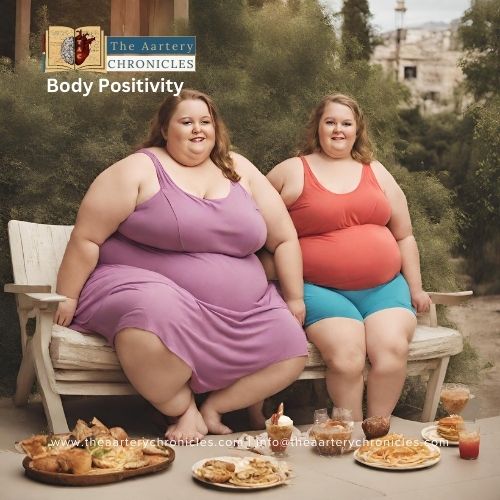

Men Must Work Out Twice as Long for Heart Health
Recent research has shed light on a fascinating difference between men and women when it comes to heart health and physical activity. According to a major study published in Nature Cardiovascular Research, men need more exercise than women to reduce heart disease risk.
While heart disease remains one of the leading causes of death worldwide, this new evidence shows that the amount of exercise needed for protection varies significantly between the sexes, suggesting that one-size-fits-all fitness advice may not be equally effective for everyone.
How Much Exercise Do Men and Women Need?
The large-scale study, involving over 85,000 adults, found a striking contrast in how men and women benefit from exercise.
- Women who performed about four hours of moderate-to-vigorous physical activity (such as brisk walking, swimming, or cycling) per week reduced their risk of coronary heart disease by nearly 30%.
- Men, on the other hand, needed about nine hours per week, more than double the time to achieve a similar level of heart protection.
In simpler terms, men must work out longer or harder to enjoy the same cardiovascular benefits women gain from fewer exercise hours.
When researchers looked closer, they found that women who followed the recommended 150 minutes of moderate-to-vigorous exercise (MVPA) per week had a 22% lower risk of developing coronary heart disease (CHD). In contrast, men who did the same amount saw only a 17% reduction in risk.
Inside the Study: Who Was Involved?
The analysis included two main groups of participants:
- People without heart disease:
- 80,243 adults, average age 61.5 years
- 57.3% were women
- Over 7.9 years, 3,764 developed coronary heart disease
- Around 48.5% met the recommended weekly exercise guidelines
- People already diagnosed with heart disease:
- 5,169 participants, average age 67 years
- 30% were women
- Over 7.8 years, 593 died from various causes
- Only 30.5% met the minimum exercise recommendations
Key Findings: Gender Matters in Exercise Response
Even though women generally exercised less in both duration and intensity, their bodies seemed to respond more favorably to physical activity when it came to heart protection.
Among participants who already had heart disease, the contrast was even more dramatic:
- Women who stayed active lowered their risk of death by 70%.
- Men who did the same reduced their risk by only 20%.
These findings clearly suggest that men need more exercise than women to reduce heart disease risk, highlighting the importance of gender-specific exercise recommendations.
So, why do men need more exercise to protect their hearts? Researchers point to biological and hormonal differences between the sexes.
The Role of Estrogen
Estrogen, the primary female hormone, plays a protective role in women’s cardiovascular systems. It helps regulate fat metabolism and maintain healthy cholesterol levels during physical activity, making the female heart more resilient and efficient during exercise.
Muscle Fiber Composition
Women also tend to have a higher proportion of endurance-oriented muscle fibers, which are well-suited for sustained, moderate-intensity exercise. Men, however, possess more fast-twitch fibers, designed for short bursts of power. This means men may not get the same heart benefits from moderate workouts unless they exercise longer or at higher intensity levels.
What This Means for You
For Men
To achieve optimal heart protection, men should aim for around nine hours of moderate-to-vigorous activity each week. Activities such as jogging, brisk walking, cycling, or swimming are excellent choices. Additionally, incorporating strength training twice a week can further boost cardiovascular health.
For Women
Women can gain significant heart protection with about four hours of similar exercise per week, which is encouraging for those struggling to fit longer workouts into their schedules. Still, all adults should strive to meet or exceed the 150-minute weekly minimum for overall heart and general health.
Conclusion
This study emphasizes that men need more exercise than women to reduce heart disease risk, challenging the traditional “one-size-fits-all” approach to fitness.
Recognizing how gender influences the benefits of exercise allows healthcare professionals to tailor more effective, individualized recommendations. Ultimately, regular physical activity, regardless of gender, remains one of the most powerful tools for preventing heart disease and living a longer, healthier life.
Source: Inputs from various media Sources
I’m a pharmacist with a strong background in health sciences. I hold a BSc from Delhi University and a pharmacy degree from PDM University. I write articles and daily health news while interviewing doctors to bring you the latest insights. In my free time, you’ll find me at the gym or lost in a sci-fi novel.
- Priya Bairagi
- Health News and Updates,People Forum
- 11 November 2025
- 09:00








